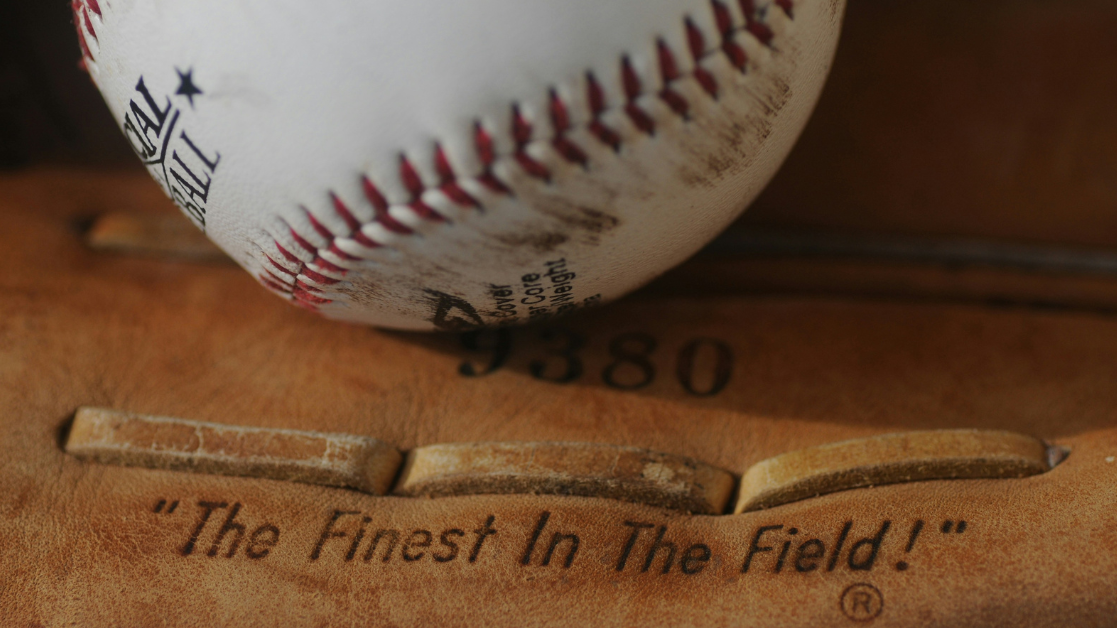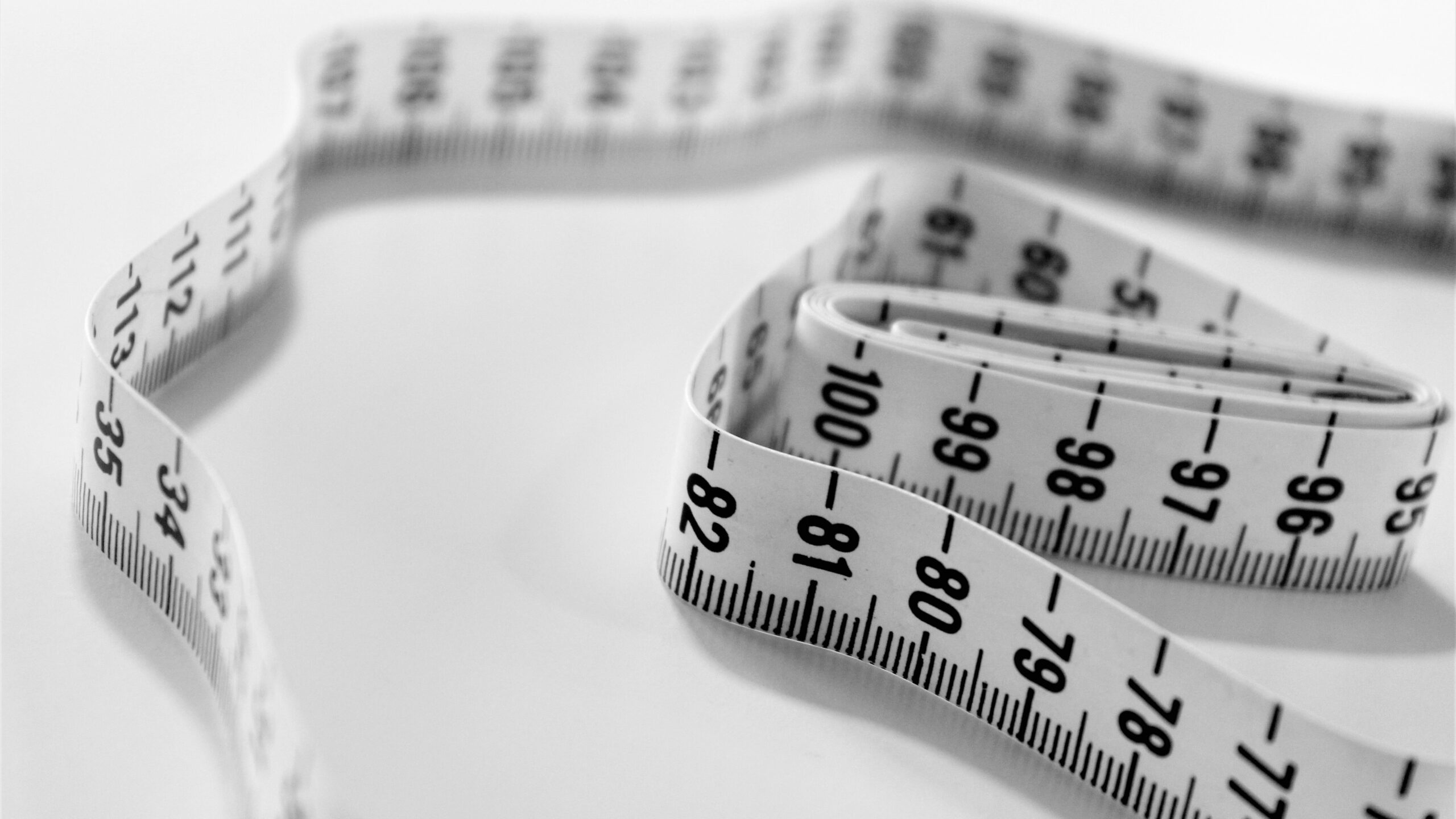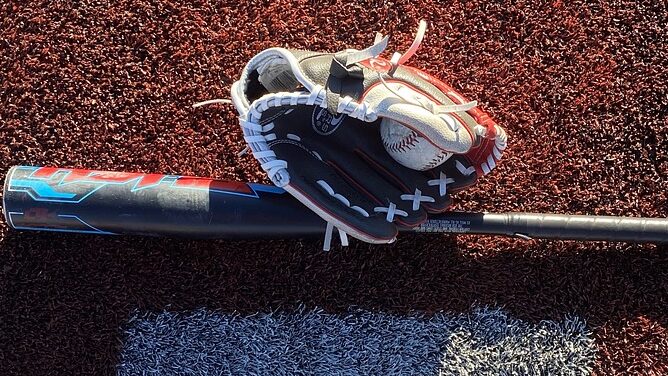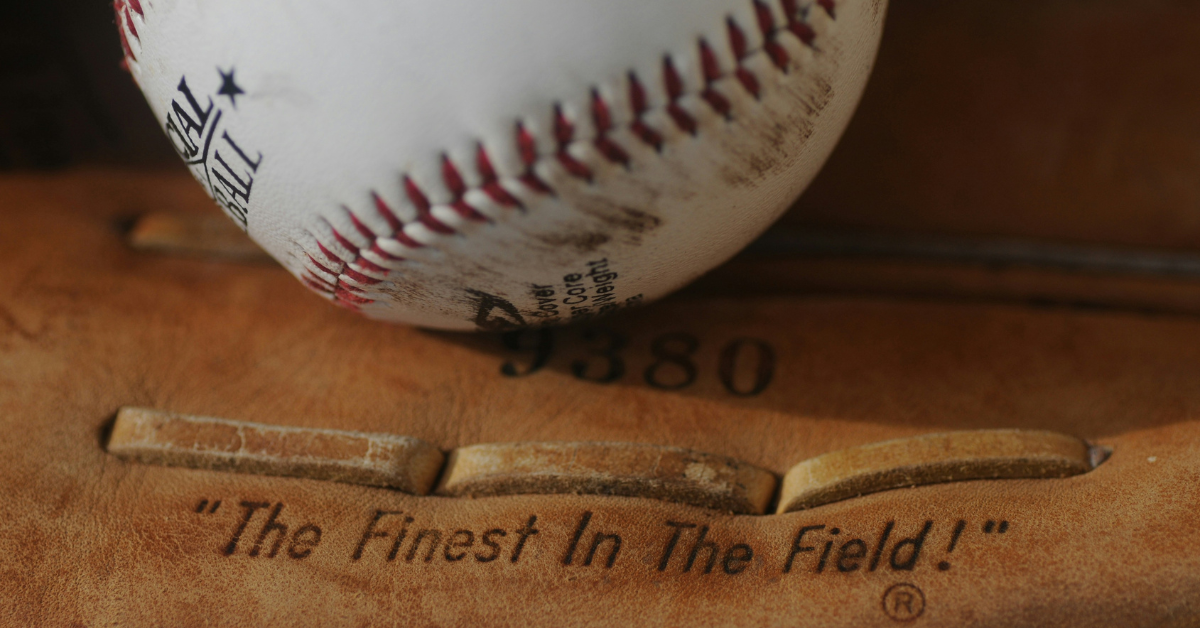I recently bought my son a Wilson A550 youth baseball glove, and I got to see his face light up. As he “graduated” from T-Ball to coach pitch, we stood there looking at all the gloves for kids in the store overwhelmed not knowing which baseball glove size was the right one. We weren’t sure if it was time to invest in a bigger Wilson A2000, Heart of the Hide or an A2K. Let’s face it – keeping up with growing kids isn’t easy! I’m here to help you navigate this journey. And don’t worry – we’ll talk about breaking in your glove too (because we all know that new-glove smell comes with some work!).

When Did You Notice Your Child’s Glove Was Getting Small?
Trust Your Parent Instincts
You know that moment – your kid comes home from practice looking frustrated, and you catch them trying to stretch their glove wider. That’s usually your first clue! I remember watching my own son shake his hand after catches, trying to hide that his beloved Colorado Rockies T-ball glove just wasn’t the right size anymore. Parents, these are the signs we need to watch for.
What’s The Right Glove Size For My Little Leaguer?
Growing Together
Here’s what I’ve learned:
- T-ball & Coach Pitch (Ages 4-8): Think 9-10.5 inches – small enough for little hands to control
- Kid Pitch Beginners (Ages 8-9): About 10.5-11.5 inches as they start making those bigger plays – We highly recommend the Wilson A550
- Little League Prime (Ages 10-12): Moving up to 11.5-12.25 inches
- Junior High (Ages 13-15): Now we’re talking 12.25-12.75 inches
- High School: Full adult sizes, typically 12.5-13 inches
Is It Really Time For A New Glove?

Reading The Signs
Let me share a story from a coach who is a friend of mine. “Last season, I had a player named Jake who kept missing easy catches. His dad was frustrated, thinking Jake wasn’t focusing. Turns out, his baseball glove size was so small he couldn’t properly close it anymore”. Watch for these telltale signs:
- Your player stretching their hand after catches
- That formerly perfect pocket looking suddenly shallow
- More balls popping out than usual
- Your kid mentioning their hand feels cramped

What Should I Look For In The Next Glove?
Finding The Perfect Fit
Think of it like buying shoes – you want room to grow, but not so much that they’re tripping over their feet. Maybe you’re like me and my son, deciding between an A550 or A2000, and you’re worried about the investment. But here’s the thing – a well-chosen glove for your kid can last several seasons if you pick the right size and quality for their development stage.
How Can I Make This Affordable?
Smart Shopping Strategies
Let me tell you a secret – some of the best deals you can find are at the end-of-season sales. Many parents have had great luck finding quality gloves like barely-used Hearts of the Hide for half the retail price. It’s all about timing and knowing where to look.

What’s The Secret To Breaking In That New Glove?
Making It Game-Ready
Here’s my tried-and-true method that my dad taught me! Check out our full article on how to break in a new glove.
- Start with just a tiny bit of glove oil (less is more!)
- Play catch every day – there’s no substitute for actual use
- Keep a ball in the pocket overnight
- Use it in practice before big games
- Be patient – the best gloves become perfect with time
Does Position Really Matter That Much?
The Right Tool For The Right Job
Have you ever watched a shortstop try using his teammates extra outfield glove because he forgot his? It’s like watching someone try to do surgery with oven mitts! Each position has its sweet spot:
- Infielders need that quick transfer
- Outfielders want the extra length
- First base is its own special category
- Pitchers need something that hides the ball well (You’ll want to check out our review of the A2000 Pitchers glove).
What About Keeping The Old Glove?
A Trusted Backup Plan
Think of it as a security blanket – sometimes you just need that old reliable glove for practice or as a backup. Growing up my dad ALWAYS made sure to highlight the importance of keeping my old glove in my batting bag. You never know when you’re going to need it. I now make sure to have my son keep his old trusty Colorado Rockies T-ball glove in his bag too, just in case.
Here’s the real deal – watching your young player grow isn’t just about measuring height marks on the wall. It’s about being there for all these little transitions that make up their baseball journey. There’s nothing quite like seeing your little leaguer make that first amazing catch with their new glove.
Got questions about your player’s specific situation? Drop them below – I’ve probably helped another parent through the exact same thing!

